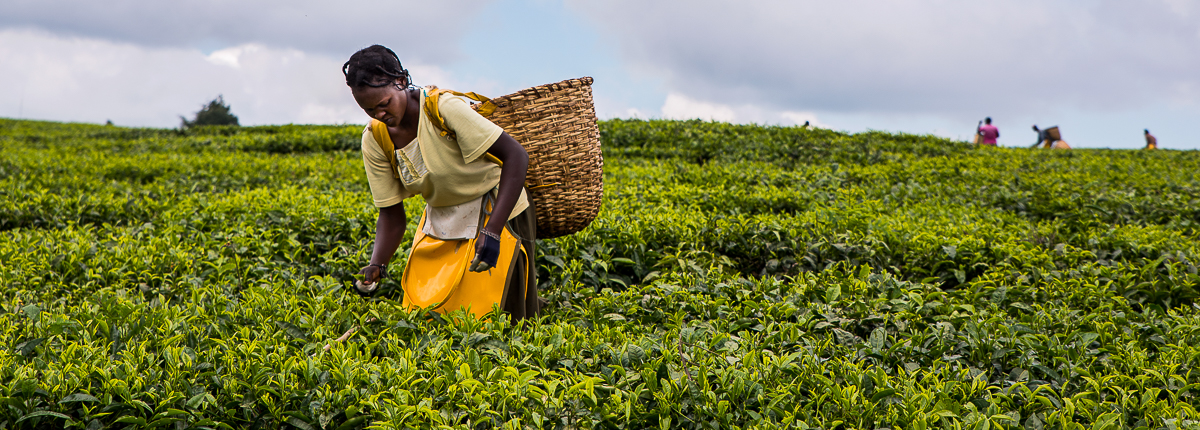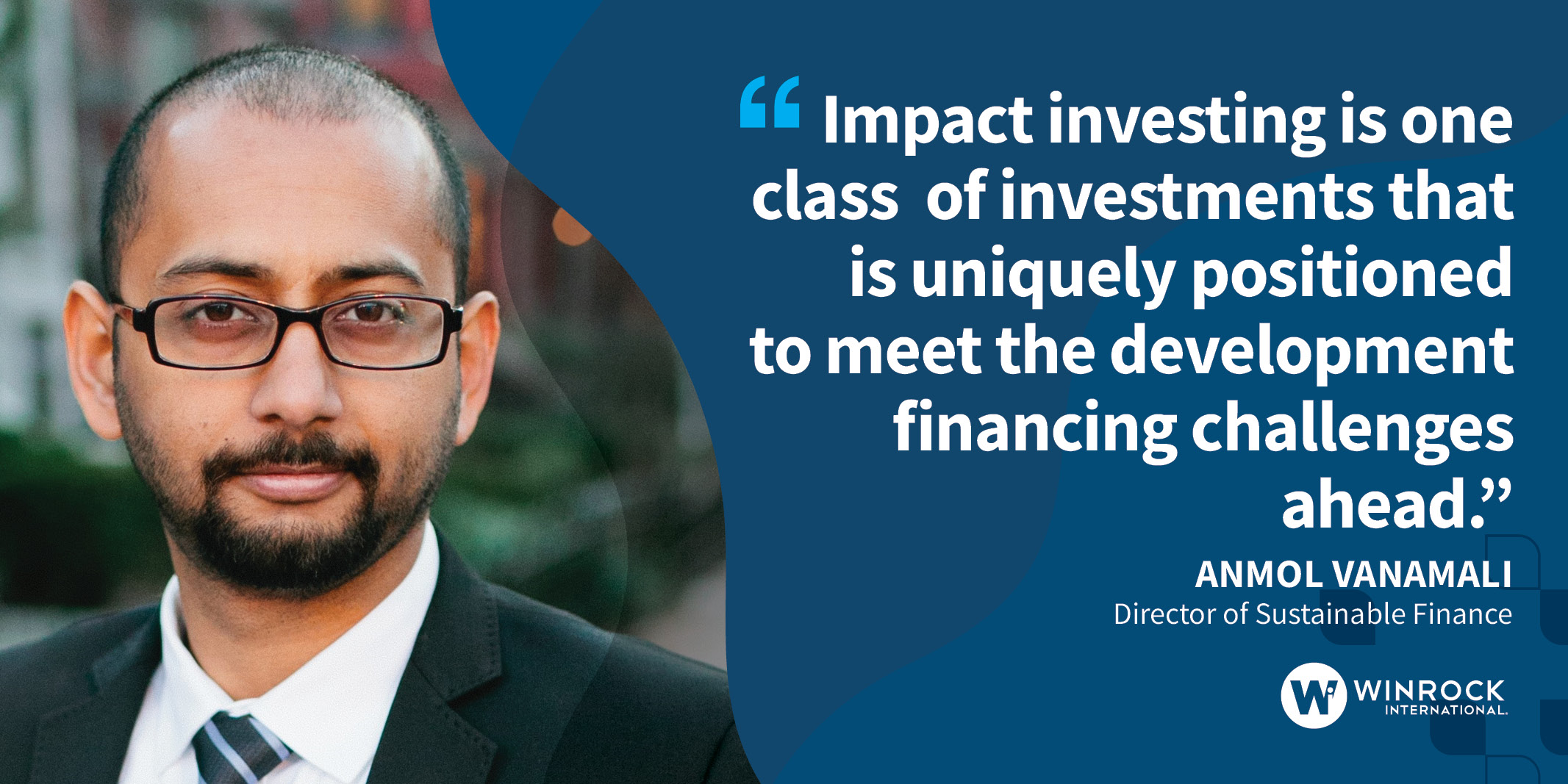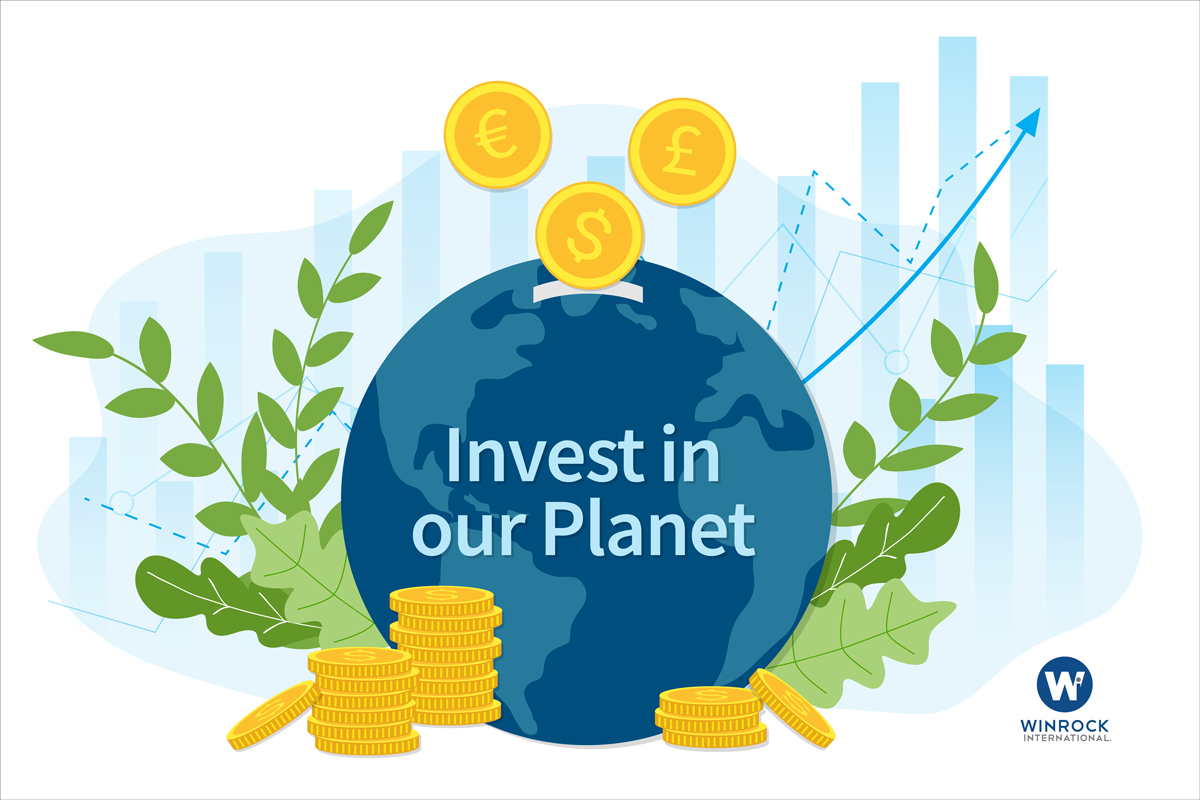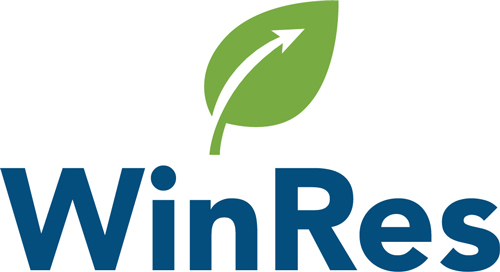
How Winrock International supports impact investment in sustainable development and climate action
Anmol Vanamali, Winrock International's Director of Sustainable Finance
As a mission-driven organization focused on sustainable international and domestic development, Winrock International recognizes the massive amount of work that lies ahead to fill the estimated investment gap between where the world is, today, and the amount of money needed in order to hit the goals set in the 2030 Agenda for Sustainable Development. I’ve written previously about the specific challenges in climate financing and will come back to that theme in the examples below.
To begin filling that overall development financing gap, one global organization that crunched the numbers has calculated that we’ll need to invest an estimated $4.2 trillion per year, an amount exacerbated by COVID and its related (and continuing) economic fallout. It’s an enormous figure – but with commitment and a mix of smart financial strategies, we can get there. Impact investing is one class of investments that is uniquely positioned to meet the development financing challenges ahead.

Impact investments are designed to generate positive and measurable social and environmental impacts alongside financial returns. According to the Global Impact Investing Network (GIIN) ─ a respected international think tank that seeks to accelerate development through focused leadership and collective action ─ the total size of the global impact investing market was around $1.2 trillion in 2021, an astonishing 60% increase compared to 2020.
While this uptick is a very positive indicator of impact investing’s huge potential to close the development finance gap, it also brings growing pains. One such issue is the perceived ─ and, in many cases, real ─ lack of transparency and integrity in the way impact outcomes are measured and managed. “Impact washing” is a term now used widely to describe rising concerns stakeholders have about the veracity of impact claims. These concerns can dampen investor enthusiasm, provide fodder for those seeking to prolong the status quo, and muddy the waters even for those who are truly committed to putting in the work – and the capital – needed to achieve real progress toward our Sustainable Development Goals.
To make the impact investing landscape more transparent for all and to facilitate additional financing, Winrock works with a wide range of stakeholders and peers both up and down the value chain of impact investing (from the communities and local partners who need investment all the way up the chain to the investors) and across the transaction life cycle from concept development to post-investment monitoring. The goal is to help the impact investing sector to reach its true potential. Here are two specific ways Winrock is doing that, both of which strengthen financing for climate-focused action.

Developing new tools and intel to boost climate investment in partnership with GIIN
The GIIN, as part of its role in championing the impact investment sector, provides a free, publicly available resource called IRIS+ that makes it easier for investors to translate their impact intentions into impact results. IRIS+ does this by increasing data clarity and comparability, and it provides streamlined, practical, how-to guidance that impact investors need, all in one easy-to-navigate system. Since its launch, the IRIS+ framework has published 16 strategic goals for investors seeking to finance sectors including water, energy, health and others. Winrock, in fact, is honored to partner with GIIN to develop content for a new strategic goal: climate adaptation and resilience (CAR). This goal will support investments and investors in channeling increased resources to achieve these climate-focused outcomes. Considering that the total global investment needed for climate adaptation is around $240 billion per year by 2030, and the climate knock-on effects of adaptation investments (or lack thereof) on other SDGs, this strategic goal is of utmost importance to the impact investing sector.
Winrock’s exciting new partnership with GIIN kicked off in January at a launch event that involved nearly 30 stakeholders from across the impact investing sector. We look forward to working with this high caliber group as we develop further content for the IRIS+ framework related to the CAR theme. When the final text for the CAR strategic goal is published on IRIS+ ─ expected in June 2023 – it will become a new and leading source of information, tools and intelligence for the global impact investing community, and for other investors exploring investments to create real and positive climate adaptation and climate resilience impact.
Helping investors analyze potential climate-related benefits and risks
Moving over to another part of the value chain of impact investing, Winrock also works directly with impact investors to design, share and implement bespoke tools that leverage global best practices and cutting-edge science. To provide just one example, Winrock is currently partnering with the Acumen Resilient Agriculture Fund, a $58 million impact fund and the world’s first equity fund designed to build the climate resilience of smallholder farmers. ARAF supports smallholder farmers in Africa by investing in early and early-growth stage agribusinesses that enable them to anticipate, weather, and bounce back from climate events, resulting in increased yields and incomes.
Given the impact intentionality of ARAF, Winrock recognized the importance to the fund’s sponsors and investors ─ which include the likes of The Green Climate Fund, The Ikea Foundation and others ─ of ensuring that climate resilience elements are incorporated in the due diligence process for targeted investments. To achieve this, Winrock designed a tool called WinRes that complements ARAF’s wider set of due diligence activities, to build understanding of exposure to climate risks, resulting climate resilience benefits, and any unintended maladaptation that could result from targeted investments.

Winrock is building on this experience to create WinRes 2.0, currently in development, for impact investors that in addition to strengthening pre-investment processes, will also help in unlocking value post-investment in two ways. First, it will facilitate alignment of products and service offerings of portfolio companies to align with climate resilient net-zero pathways. Secondly, it will articulate the climate benefit both at the impact fund level and at the investee-level, to unlock higher valuations or achieve a lower cost of capital.
Those are just two examples on the climate front of Winrock work that support accelerated and expanded impact investment.
Beyond our own contributions, we are keenly watching several developments that could further strengthen the impact investing sector’s ability to effect change on the ground across development sectors. One is implementation of the Sustainable Finance Disclosure Regulation in the European Union, which among other things, standardizes the disclosure and transparency requirements for financial market participants and financial advisors that structure, market and manage sustainable finance products. While the immediate fallout of the introduction of such regulation in 2022 was the “sustainability downgrading” of a few self-proclaimed impact funds, in the long-term the impact investing and sustainable finance marketplace should be strengthened and inspire more confidence amongst all stakeholders.
Another is the integration of nature with finance – both in the form of natural capital emerging as an asset class in itself, and through the internationalization of an investment’s impact on nature and vice versa in global financial systems. The latter part is significant because even though our real economic systems are physically intertwined with nature (i.e., the World Economic Forum estimates that over half of global GDP is moderately or highly dependent on nature), our financial systems neither recognize nor value this linkage, which makes it difficult for natural capital investing to gain a foothold. The emergence of a variety of tools and disclosure frameworks, like the Taskforce on Nature-related Financial Disclosures, arm impact investors with the capabilities needed to ensure that not only are they avoiding doing harm to our natural capital, but that they design investment vehicles that improve our natural capital in a measurable, methodical manner.
Making money while doing good is never going to be as easy as doing just one or the other. But for those who are willing to put in the hard work and stick to the principles of impact investing, the world is becoming a better place for them to make the world a better place.
